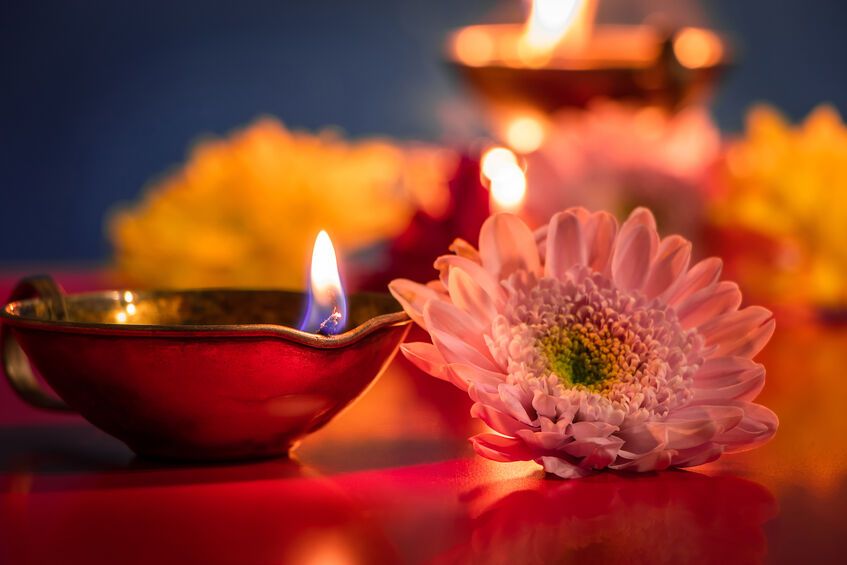TODAY Hindus all around the world are celebrating Deepavali, a time for them to “balik kampung” and spend time with their family.
Known as the “Festival of Lights”, Deepavali is said to symbolise the triumph of light over dark.
But does the name “Deepavali” truly translate to a “row of lit lamps”?
Verdict:
TRUE
Deepavali originates from a Sanskrit word that means row or series of lights. “Deepavali” is actually the southern Indian name for the holiday, as it is more commonly called Diwali in Northern India.
This name captures the essence of the festival, symbolising light overcoming the darkness and the triumph of good over evil.
The festival lasts for five days and is celebrated in early autumn, following the summer harvest.
It coincides with the new moon, or amavasya, marking the darkest night in the Hindu lunisolar calendar.
The celebration begins two days before amavasya with Dhanteras, and extends two days after, culminating in the main Diwali on the third day.
This period generally falls between late October and early November and is a public holiday in several countries, including Malaysia.
Deepavali traces its origins to the Indian subcontinent, possibly as a fusion of different ancient harvest festivals.
The festival is mentioned in early Sanskrit texts such as the Padma Purana and Skanda Purana which date back to between the 7th and 10th centuries.
These texts highlight the significance of lamps, or diyas, as symbols of light and energy.
In the 7th-century play Nagananda there is a reference to the festival as Dīpapratipadotsava, where lamps were lit and gifts exchanged.
Rajasekhara’s 9th-century poem Kavyamimamsa describes homes and streets adorned with oil lamps during the festival, a tradition that continues till today.
There are actually several legends explaining the origin of Deepavali.
In South Indian customs, it marks Lord Krishna’s victory over the demon Narakasura, celebrating the victory of light over darkness.
In North India, it commemorates Lord Rama’s return after defeating the demon king Ravana, with streets illuminated in celebration. Despite differing stories, both celebrate the victory of good over evil.
As for how it is celebrated, in Malaysia, Deepavali is celebrated with vibrant decorations and lights both at home and also at public spaces and shopping malls.
A key aspect of the celebration is the creation of kolam, which are intricate designs made from coloured chalk powder or rice flour, which are believed to bring prosperity.
Traditional attire plays a significant role as well with women wearing saris and jewellery and men donning kurta and dhoti, symbolising new beginnings.
Families often engage in prayers at temples, visit relatives, and share traditional treats such as murukku, athi resam, halwa, and laddoo.
Evening festivities for Hindus include lighting diyas, or oil lamps, along pathways and doorways. Some even celebrate the festival with fireworks.
Deepavali, with its meaningful traditions and joyous celebrations, continues to unite communities in celebrating the triumph of light and good, offering hope for better days ahead.
References:
1. https://www.malaysia.travel/explore/celebrating-the-festival-of-lights#:~:text=Deepavali%20or%20Diwali%20are%20both,as%20Diwali%20in%20North%20India
2. https://books.google.com.my/books?id=rdTJJEQsDHoC&pg=PA31&redir_esc=y
3. https://www.sanskrit-lexicon.uni-koeln.de/scans/MWScan/2014/web/webtc/servepdf.php?page=481
4. https://en.wikisource.org/wiki/Nagananda_(Boyd_1872)
5. https://archive.org/details/in.ernet.dli.2015.326580


